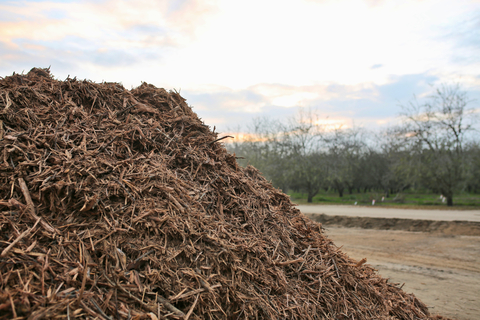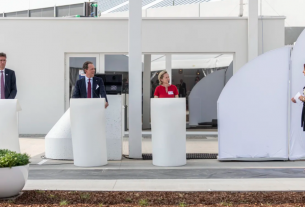United States – As part of its first facility, climate-tech innovator Mote will convert wood waste into hydrogen fuel while also capturing, using, and sequestering the CO2 emissions it generates.
For every ton of wood and agricultural debris generated in the United States each year, an estimated 500 million metric tons of carbon dioxide are released into the atmosphere as a result of either natural decay or landfills or open-air burning. Mote expects to produce approximately seven million kilograms of carbon-negative hydrogen and remove 150,000 metric tons of CO2 from the atmosphere each year with the construction of their first facility. Taking 32,622 automobiles off the road is a reasonable comparison. Hydrogen production could begin as early as 2024, according to Mote.
This groundbreaking carbon removal and clean energy generation facility is the result of Mote’s proprietary integration of proven equipment with a novel process. As an alternative to open-air burning or decomposition in a landfill, Mote uses wood waste from farms, forestry and other resources. Excess carbon dioxide is removed through gasification and subsequent treatment processes, and stored in an ecologically safe location deep underground.
With CarbonCure Technologies, Mote is also exploring the possibility of permanently storing its CO2 in concrete via CarbonCure’s carbon removal technologies, which are deployed in hundreds of CO2 mineralization systems at concrete plants around the world. Biomass to hydrogen conversion by Mote helps to reverse climate change by functionally removing carbon dioxide from the atmosphere and depositing it in deep underground caves or in concrete at construction projects.
The Mote facility is located near Bakersfield and aims to help California recycle the 54 million metric tons of wood waste it produces each year. Mote’s technology is distinct from other clean hydrogen projects because its product delivers hydrogen at a lower producer sale price and lower carbon intensity score than its competitors. This sets Mote apart.
SunGas Renewables and Fluor Corporation are collaborating with Mote to build a new plant. Fluor, a leading engineering firm, will assist in the installation of proven equipment at the plant. Mote’s California Central Valley Project has also signed an engineering services agreement with a subsidiary of GTI International (GTII), SunGas Renewables, to supply its gasification systems.




